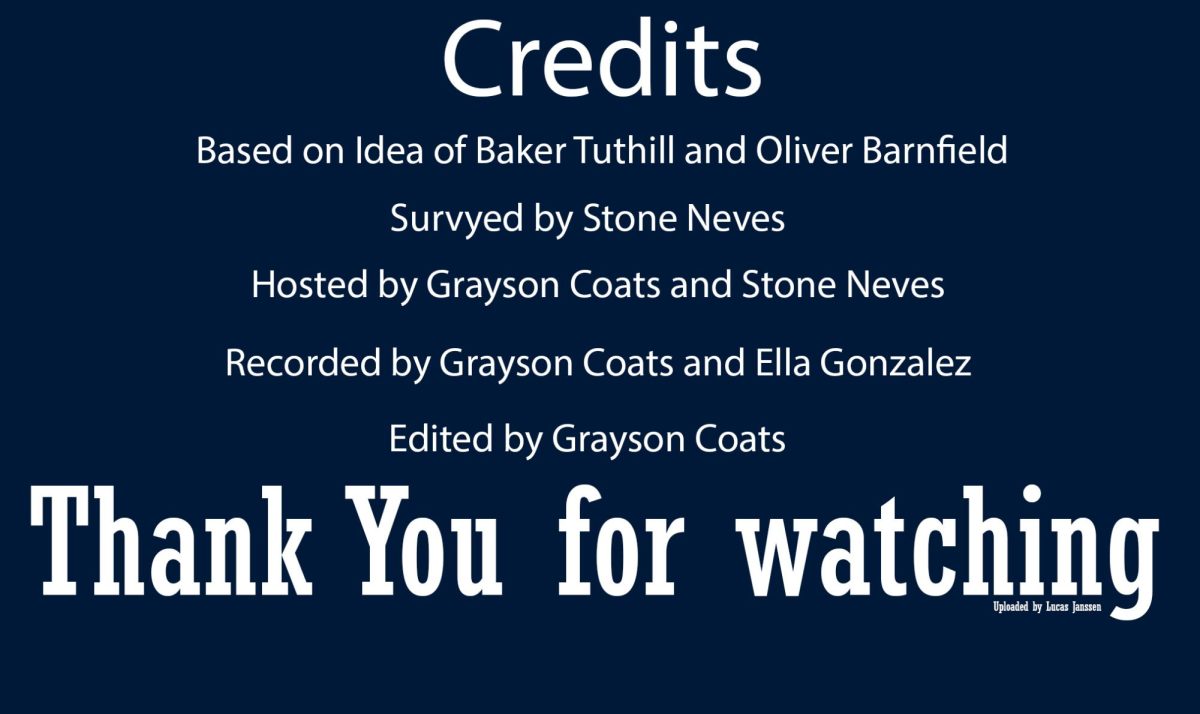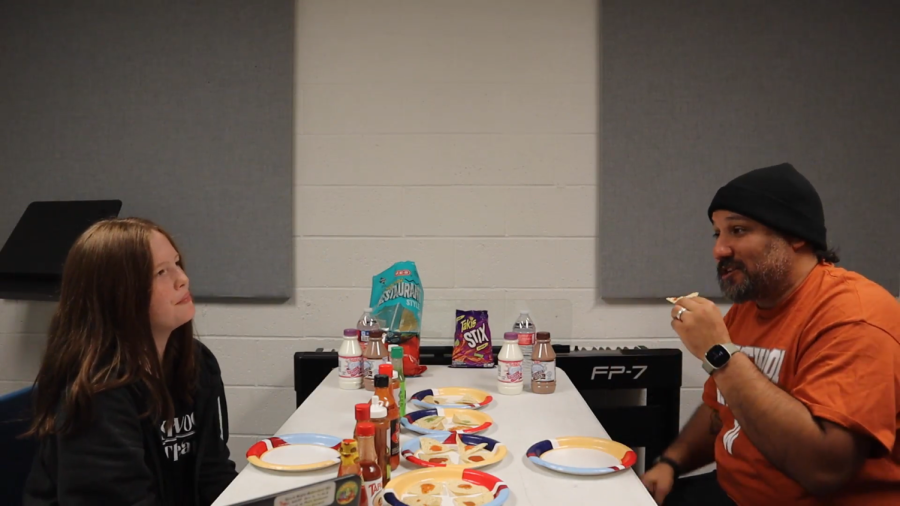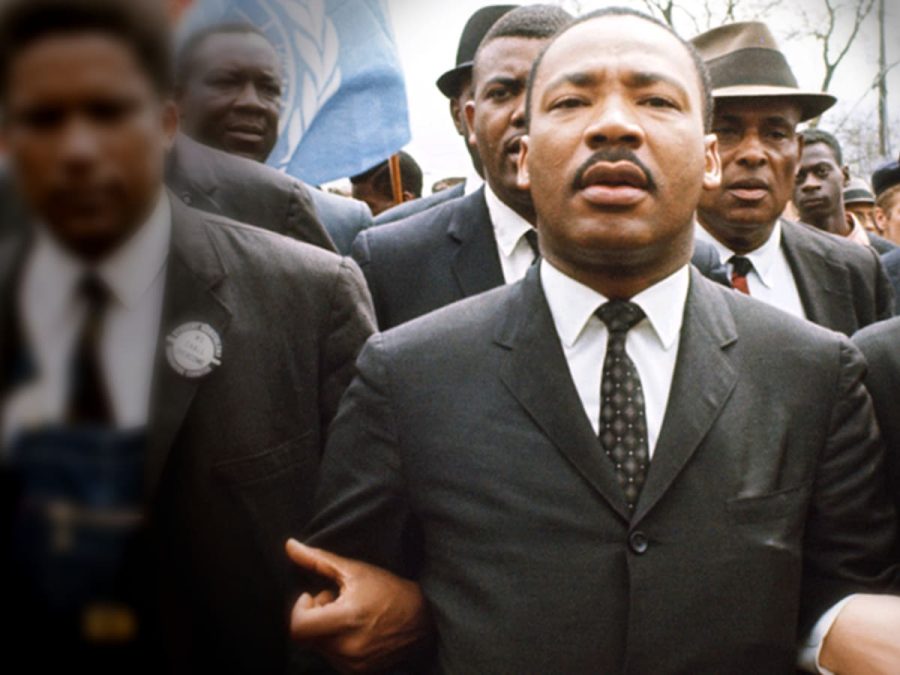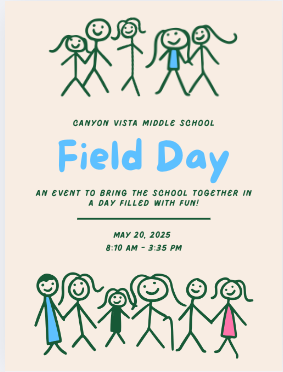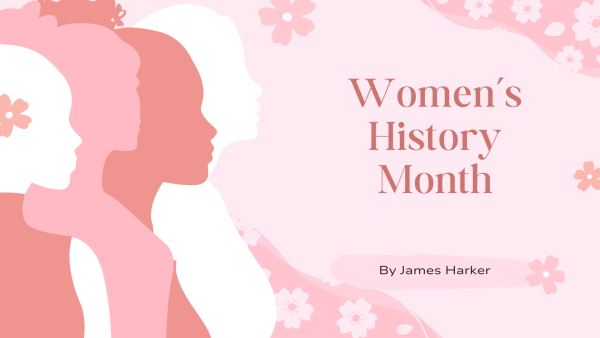The Fight for Civil Rights
There have been many people who have helped fight against racism.
The sun shines bright on the nation’s capital in late August. A 34-year-old Martin Luther King Jr. delivers one of the most impactful speeches of all time. The “I have a dream…” speech is regarded as one of the greatest speeches of all time. It was essential in the country’s fight against racism. But that was only a small part of the fight for civil rights.
Background
On June 19, 1865, all enslaved persons living in the United States were declared free. This day is known as Juneteenth. Many people disagreed with slaves being freed, and the vast majority of people held prejudices against the African American community. This sentiment would lead to segregation. The first steps to segregation started with “Black Codes”. These “codes” were laws that were passed in the southern United States in 1865. These laws dictated many aspects of African American people’s lives. The laws chose where African Americans could work and live among other things. This law was a measure that ensured if African American people couldn’t be enslaved, they could be used as cheap labor. In 1875 a bill that outlawed discrimination in schools, public transportation, and churches was passed. This seemed like a big win for civil rights, but the bill was overturned 8 years later. In 1896 the case Plessy v. Ferguson happened. Homer Plessy, who was 7/8 Caucasian and 1/8 African American sat on a train in New Orleans. He sat in the whites-only section of the train. The conductor tried to force him off the train when he refused, he was jailed. Plessy took this case to the Supreme Court. The Supreme Court ruled that segregation was constitutional. This laid the groundwork for the infamous “separate but equal” policy.
Civil Rights Movement
The Civil Rights Movement began in the 1950s. One pivotal point in the Civil rights movement was “Brown v. Board of Education”. This was a landmark supreme court case that led to the integration of public schools. Public schools did not integrate completely, but major steps were being taken towards integration. This era had many other historic events. Events like the Montgomery bus boycott, the march on Washington, and the “I have a dream” speech all took place during this period. However, I am going to focus on events that are talked about less. One major event was the murder of Emmett Till. Unlike the other events I have mentioned, this one is more negative. Emmett Till was a 14-year-old African American boy who was lynched for talking to a white woman. Emmett Till’s death motivated many others in the civil rights movement and inspired change. Another significant event was the little rock crisis of 1957. Schools were integrated in Arkansas, but many opposed this. The governor of Arkansas, Orval Faubus, sent the national guard to stop black students from entering Central High School. The nine black students who went to Central High School were barred from entering. This led to Dwight Eisenhower putting the school under military control so black students could enter.
Conclusion
Racism has affected our country significantly. Our country is the way it is now because of the sacrifices of hard-working individuals who have helped prevent racism. We have a lot more to do, but I am confident that we can achieve Martin Luther King’s dream one day.

Hi. I love writing, and this is my second year writing for Canyon Echoes. I am Editor in Chief, and I'm really excited to work with Saanvi and Vedanti,...









